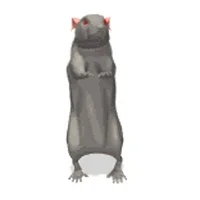Walk: Asian Art Museum, Apple Cinema
Distance: 3.75 miles average
So Ciwt saved the plane fare and general travel hassles by traveling locally to one of her favorite places - a local theater. And Wake Up Dead Man, the next installment of the Knives Out murder mystery movies, proved to be a delightful way to take a between holidays vacation. Playing the role of Detective Benoit Blanc is such a romp for Daniel Craig who has actually upped his campy-hammy game, and Ciwt enjoyed going right along with him (as well as admiring his acting range). This time Craig is matched with new-to-Ciwt Josh O'Connor who balances Craig perfectly both in story line and acting skills. The rest of the cast is star studded, especially by Glenn Close who can do no wrong in Ciwt's book (but not necessarily in her role...). As promised in the Knives Out series, the murder is wrapped up, but it takes many thought provoking twists and pscho-spiritual turns getting there.
Wake Up Dead Man will begin soon on Netflix (who produced it), but if you watch it there, you won't get the full over the top movie experience or the mini vacation actual theaters provide.















